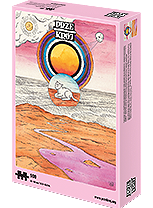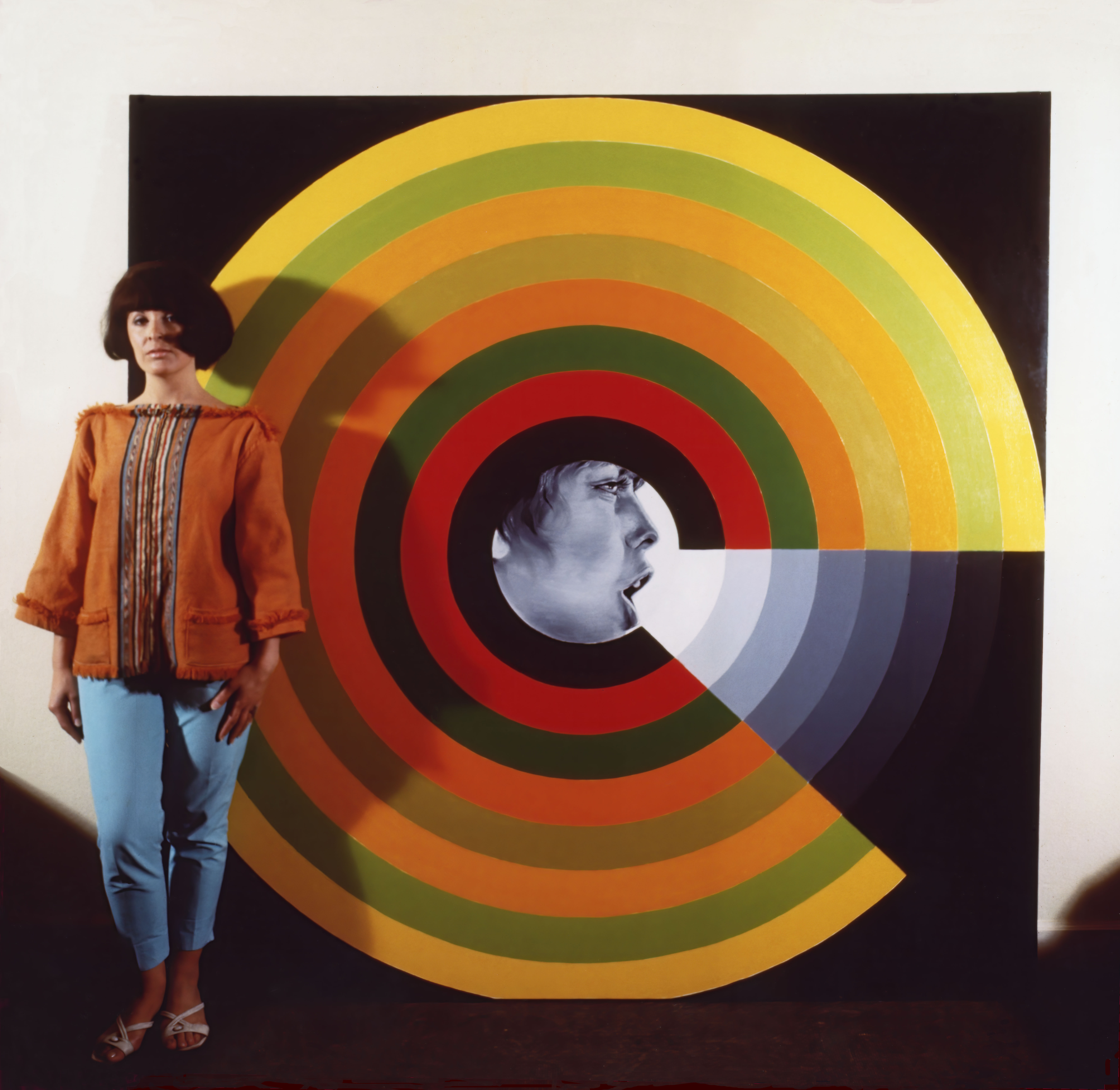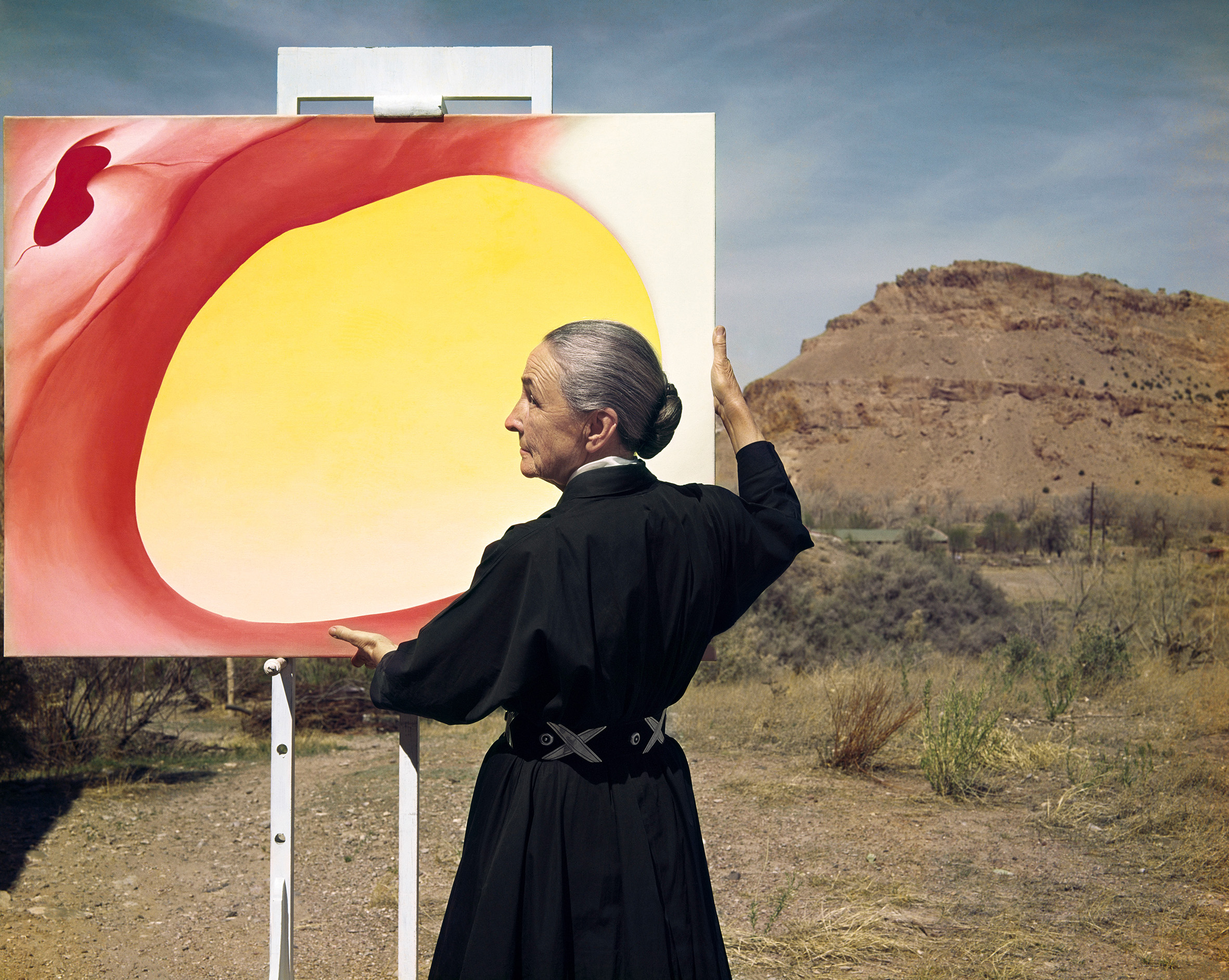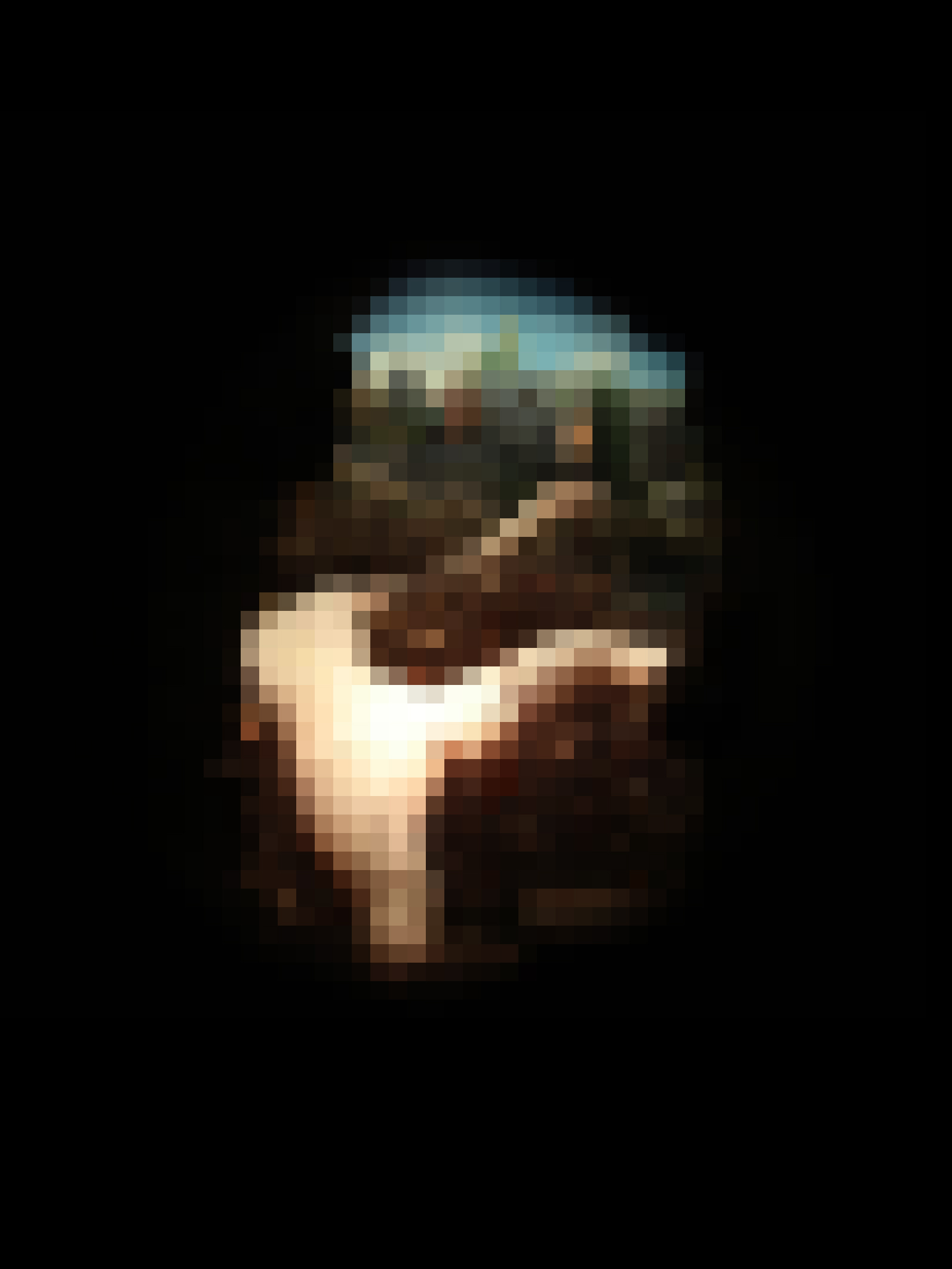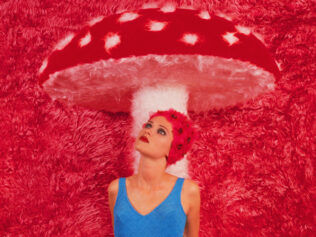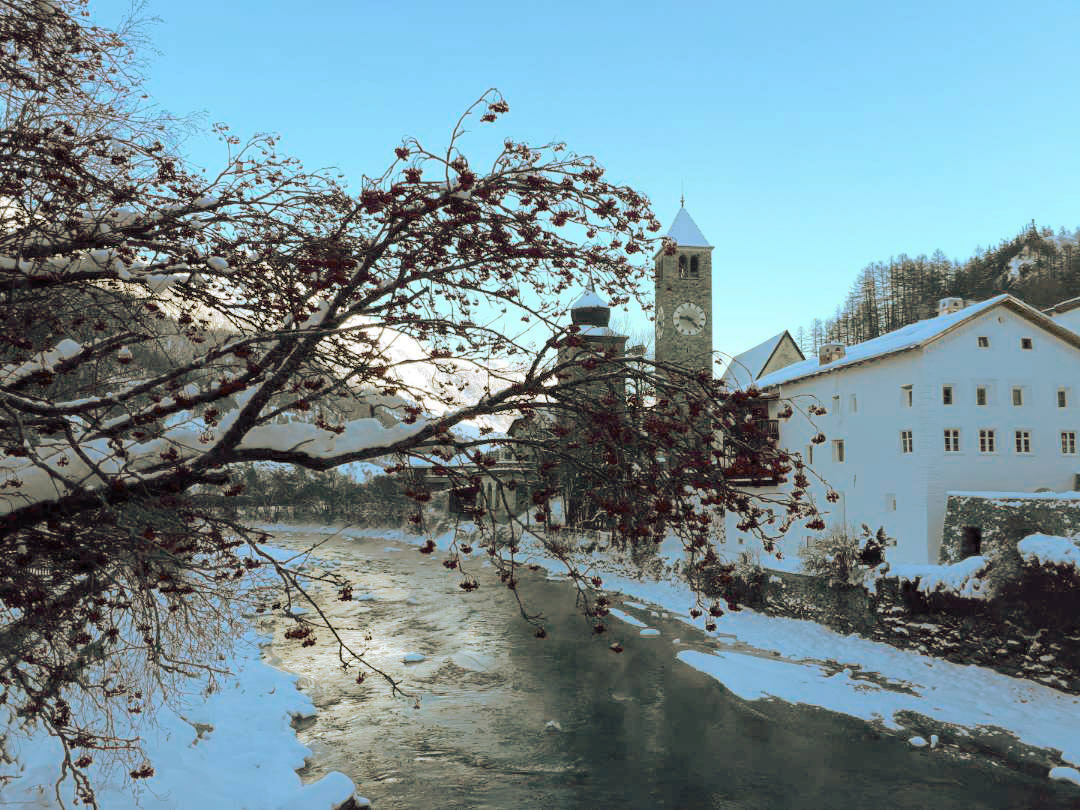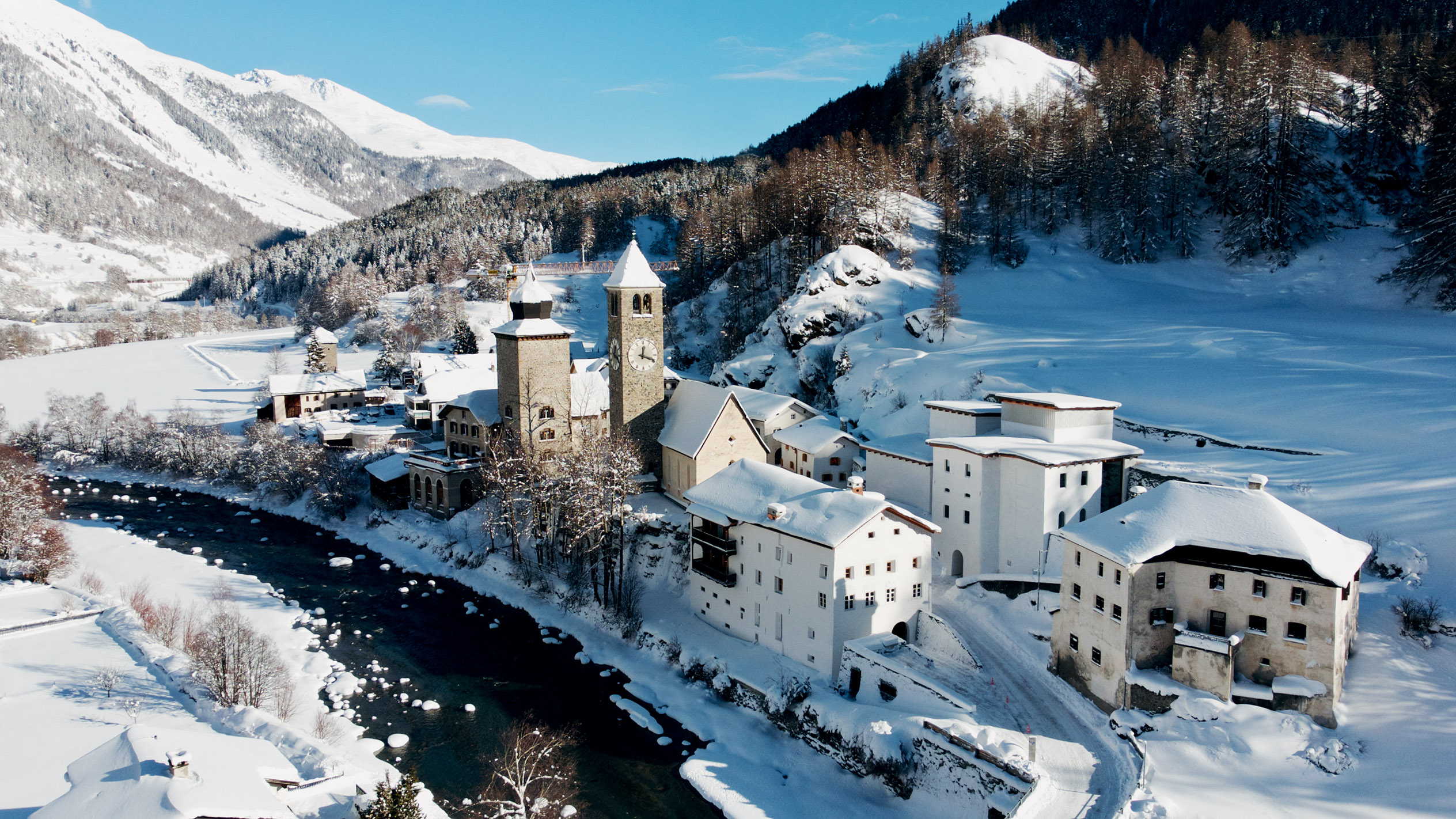
Muzeum Susch in Switzerland is returning Evelyne Axell to her rightful place in the artistic canon, bringing a new nuance to the seemingly well-known history of pop art.
“When I got home I undressed and was struck with my naked beauty as if I had never seen it before. I must have my statue carved. But how?” [1] the artist and aristocrat Marie Bashkirtseff confides to herself. Fragments of her Diaries [2] are quoted by Simone de Beauvoir in one of the chapters of her ground-breaking work The Second Sex (1949). Many years after Bashkirtseff’s diaries were published, Evelyne Axell, whose impressive selection of works is now on display at Muzeum Susch, found her own answer to the question posed by the Russian painter.
Evelyne Devaux was born in 1935 in Namur, Belgium. Her career was a journey from the role of passive muse to an ambassador for sexual liberation and a self-confident artist, convinced of the rightness of her chosen direction and looking for new forms of expression. Evelyne, a graduate of a Brussels drama school, worked as an artist from 1964; earlier she had been an actress and co-creator of documentary films directed for Belgian television by her husband, Jean Antoine. In 1956, she took the surname ‘Axell’ to distract attention from her feminine first name. A while later, she realized that a female painter (and particularly one interested in the corporeal) would not be treated seriously by pop artists who preferred macho-centric narratives. So she signed her works using only her nickname, which gave no clue as to her gender.
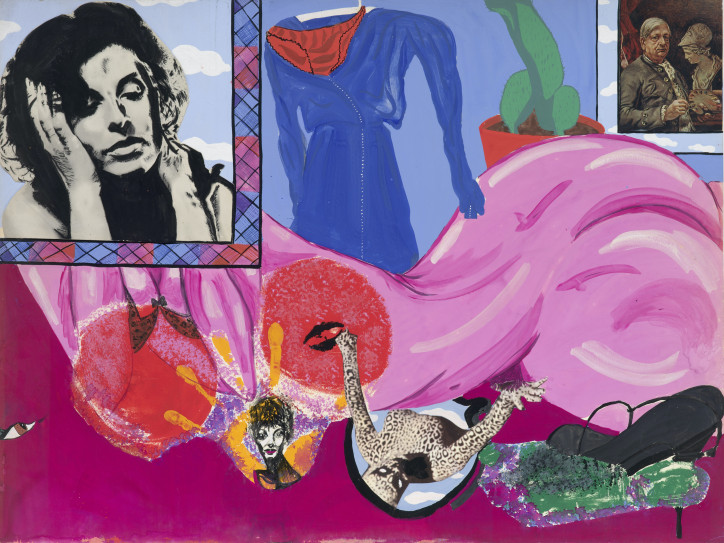
The narrative of the Susch exhibition also begins with a film. Evelyne Axell: Body Double opens with a clip from Le Crocodile en peluche [The Stuffed Crocodile] (1963), a film written by Axell and directed by her husband, in which she also plays the lead female role; the dramatic story of a romance between a Congolese student and a Belgian shop window designer. Despite its success at a festival in Alexandria, this was Axell’s last film project, as she gave up acting shortly afterwards in order to devote herself to art. This role interested her much more – in the visual arts, she didn’t have to follow the director’s suggestions and could create situations that followed her rules. “I constantly want to paint, to draw,” she wrote to Antoine in 1964. “I think I have finally found enthusiasm, interest, joy… I’m approaching 30 years old and when I look at my life, I have the impression of having travelled a lot of little dead-end paths in a rather random way, led by events and always missing the good road, the only road.” [3]
The famous surrealist painter, René Magritte, was her mentor for a year. At Muzeum Susch, although his presence is barely noticeable in a visual quote in one of the collages, he is referenced in Axell’s first visual work; the work that opens the exhibition. Untitled (Tiger Woman – Self-portrait) (1964) is both a manifesto and an announcement of the creative path that the painter will follow. The small composition shows a woman lying on a carmine floor covering. The face, which stands out from the bright pink, fleshy torso, is the face of Axell herself, painted against the backdrop of Magritte’s characteristic clouds. The small format didn’t prevent Axell from experimenting with several new techniques at once: apart from the fragments painted with gouache, the work also includes impressions of hands, feet, lips and, in the top right corner, a glued-on reproduction of a self-portrait by Giorgio de Chirico with a bust of the goddess Minerva. Her curiosity in approaching the subject matter, her probing of the possibilities of the medium, and her desire to find her place in the world of art (the rules of which had been established and ruled by men thus far) would characterize her further creative explorations.
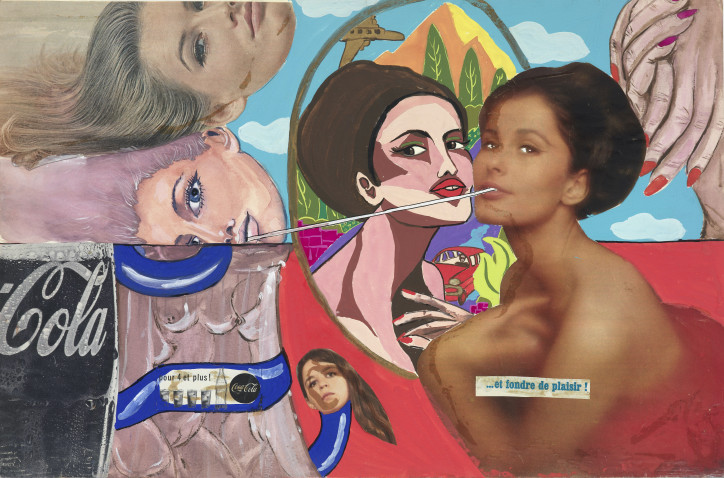
The exhibition follows an associative order rather than a chronological one; the first and largest room, (just like the old ‘cabinet of curiosities’, gathering all existing knowledge in one room), presents a cross-section through the multitude of techniques and themes that Axell used, and emphasizes the ‘duality’ highlighted by the curators in the exhibition title. This ‘duality’ takes various forms in the museum: at times it reveals itself as an almost obsessive duplication of a motif or shape, sometimes it is a mirror in which the artist looks at herself, and at other times it is an allegory of self-love and self-curiosity.
The first room contains both the beginning and end of Axell’s story. On one of the walls hang two of her early canvases: Seatbelt I & II, (Ceinture de Sécurité I & II, 1966). Resembling road signs, the square images show two female figures, (their outlines taken from Axell’s photographic self-portraits), entangled in a strange game with rainbow-coloured scarves. A car – one of the favourite motifs of pop art, a symbol of status and progress – here foreshadows the end of the short, intense career of the Belgian painter, who died tragically on 10th September 1972.
In the same space, we have the monumental Great Journey into Outer Space (La Grande Sortie dans L’Espace, 1967) – a pop adaptation of the iconic Dance (La Danse, 1910) by Henri Matisse. Axell once again refers to artistic tradition, capturing it and transforming it according to the laws of the new age. The composition presents four synthetically-presented female figures immersed in translucent clartex, an experimental material resembling plastic. The protagonists of the work, with the help of a cloudy, pale green background, seem to dance weightlessly, celebrating the advent of a female utopia – the conquest of space promised a new, more spacious world in which everything, including the equality of women and men, is possible.
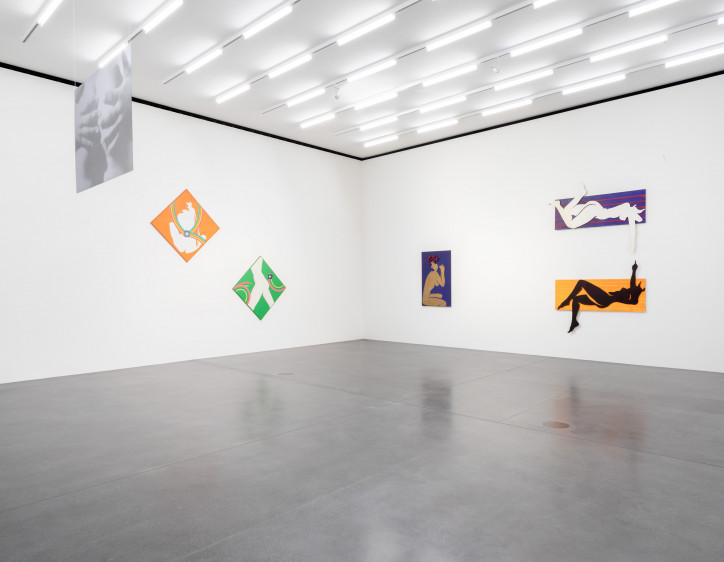
For many artists, plastic was a new and fascinating material, an emblem of the space age, a symbol of the abolition of the border between high art and design, a harbinger of the twilight of the old rules. According to Axell, this material without a past, unspoilt by patriarchal tradition and not colonized by male imagination, deserved to be given a special place in museums one day. The last chapter of the exhibition at Muzeum Susch is dedicated to the Archaeological Museum of the 20th century. Section: The Time of Plastics (Musée Archéologique du XXe siècle. Département: Âge du Plastique, 1970) – an unrealized project of a time capsule; an ark containing synthetic relics. The museum imagined by the artist was to contain: “Results of the dig undertaken in the ‘AXELL’ tumulus (to the north-west of the Asian continent, in the area formerly called ‘EUROPE’). To preclude all misinterpretation of civilisation of this distant age, the Person Concerned has herself collected all the objects of value present in this room. They make up what, around 1970, was called an ‘ENVIRONMENT’.” [4]. The key spot in this fantastic room was to be occupied by Axell’s mummy in a plastic coffin. The vision was accompanied by a portrait of her matron: a naked Axell posed like Venus, holding samples of coloured synthetics in her hand.
A room in which the curators have collected works from the so-called Paradise cycle, which were made between 1971 and 1972, can be considered a different environment – an imaginary artistic situation arranged in space, the rules of which (despite its utopian nature) are clear and clearly defined. The compositions present colourful exotic animals (Parrott / Le Perroquet, Monkey / Le Singe, both 1971), tropical landscapes (Waterfall / La Chute d’Eau, 1972) and characters relaxing on beaches (Weeds / L’Herbe Folle, 1972), whose contours are cut from bright red and blue plastic. The artificiality of the material and its unnatural colour emphasize the utopian nature of a vision in which nature and man live in symbiotic harmony. Axell’s search goes beyond the two dimensions of painting; her vision of paradise is spatial: the successive layers of plastic create the impression of depth, reminiscent of 19th-century dioramas.
“Despite all the aggressiveness, my world abounds above all in an unconditional love of life. My subject is clear: nudity and femininity depict the utopia of a bio-botanical freedom that is immune to frustration and gradual repression, and that tolerates only the boundaries that it sets itself,” [5] the artist commented on her series.
Axell’s ‘heavenly’ productions are journeys beyond the boundaries of the known, journeys to places where neither the male nor female element dominates. In the new heaven, and on the new Earth, there is no room for the binary oppositions according to which Western philosophy has organized the world – a blurring of the boundaries of nature and culture, man and animal, subject and object. According to Axell, escaping the patriarchal system is possible; the system is neither a necessity nor the only way to structure the world, and the struggle to regain one’s voice and language can be won.

“There is a voice crying in the wilderness […] the voice of a body dancing, laughing, shrieking, crying. Whose is it? It is, they say, the voice of a woman, newborn and yet archaic, a voice of milk and blood, a voice silenced but savage,”[6] writes Sandra M. Gilbert in the preface to The New Born Woman, by the philosophers Catherine Clément and Hélène Cixous, according to whom going beyond male language and the description of the world will happen through the study and assimilation of the rules of the ‘Dark Continent’, the area of female expression and pleasure so far deprecated by the patriarchy. Axell lays the foundation for a new painting tradition based not on the fantasy of castration, but on the desire for unity and the feeling of jouissance, an erotic-mystical joy, a joie de vivre more intense than sexual fulfilment. The Opalescent series (Les Opalines) is a series of portraits, cut from plastic, of anonymous women, identified by the artist through their imagined nationality (Irish (L’Irlandaise), 1969, Persian (La Persane), 1969), or the intimacy linking the figures in the portraits (Untitled or the Forbidden Fruit I (Sans Titre ou Le Fruit Défendu I), The Flirt (Le Flirt), both 1969). Portraits, painted with car paint and cut out of opal plexiglass, were glued onto an aluminium plate. This is how works were created that were at once concrete, thanks to the illusion of depth that the use of plastic gave them, and at the same dreamy and quixotic, due to their unearthly, pastel colours. Some of the women portrayed by Axell extend beyond their frames: Hanna Stanek Lisowska’s hand (Portrait de Hanka Stankowna, 1969) is holding a cigarette outside the border of the painting. For Axell’s work, characters moving beyond their frames can be interpreted in two ways: both as breaking the rules imposed by the medium and as violating laws, traditions and cultural expectations.
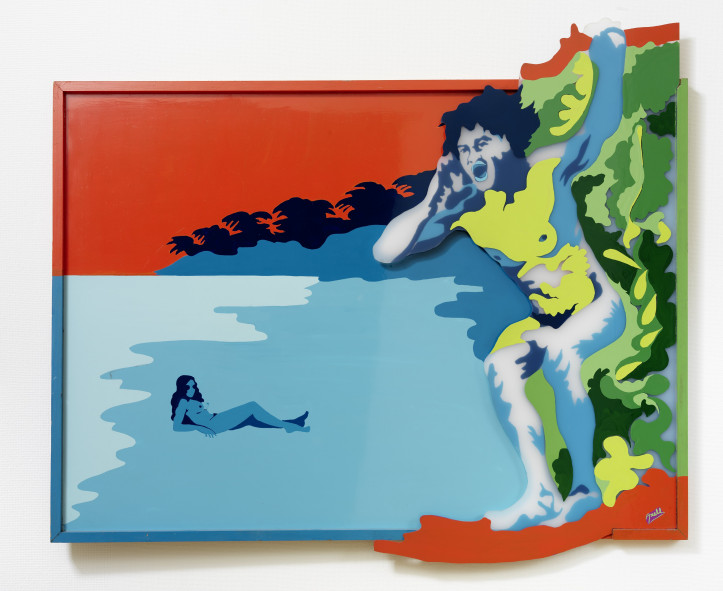
Each picture presupposes a specific point of view. John Berger, and later Laura Mulvey [7], noticed that the primacy of the male gaze is so ubiquitous that women themselves, internalizing this gaze, look at each other the same way. The model for most of the Iridescent works were photographic portraits of Axell herself (a selection from the artist’s archives can be seen in Muzeum Susch), which represents a significant change: from now on, the artist, directing the poses, framing them and developing the photos herself, looks at herself with her own eyes, not merely as a mirror in which a man admires his triumph. She presents herself however she sees fit, directing her energy towards her own body, a territory over which she has absolute control.
“It has sometimes been maintained that narcissism is the fundamental attitude of all women,” [8] Simone de Beauvoir once concluded. According to her: “The woman chooses herself as the target of her own desires.”[9] However, Axell’s narcissism was not alienating and unproductive. The artist’s goal was to regain her image (or ‘mirror image’) for herself, to capture the iconography of women codified by men and to construct a new system of representation, free from patriarchal resentments. Using the body as a starting point, Axell foreshadows the slogan ‘What is personal is also political’, emblematic of the second wave of feminism – and today, more relevant than ever.
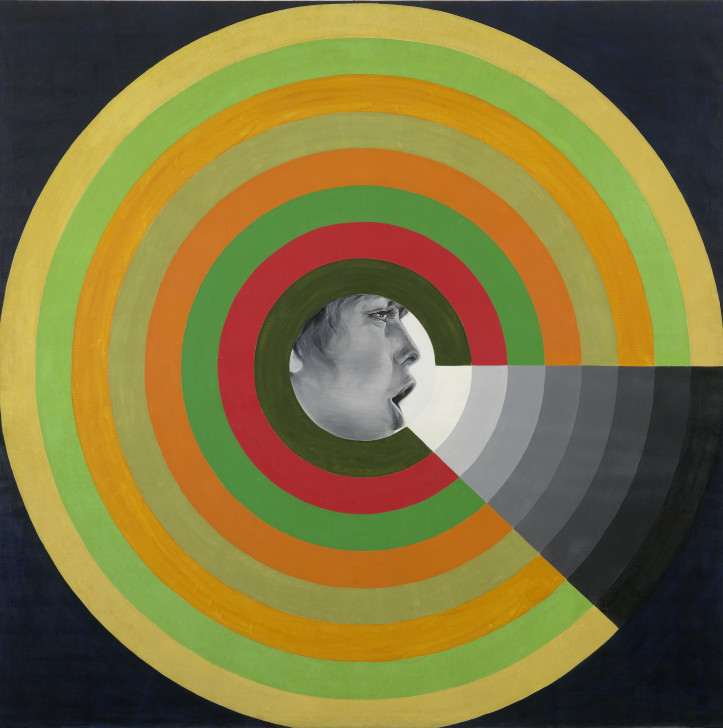
Evelyne Axell: Body Double
Curators: Anke Kempkes, Krzysztof Kościuczuk
Muzeum Susch, Switzerland
1st August 2020– May 2021
[1] Simone de Beauvoir, The Second Sex, Vintage Books edition, September 1989, p. 632.
[2] Maria Baszkircewa, Dziennik, Czytelnik, 1967.
[3] Excerpt from: Sue Tate, Evelyne Axell and Pauline Boty: Sisters in Pop [in:] Evelyne Axell and The Age of Plastic, [in:] Evelyne Axell. Pop Methods, Éditions Skira Paris, 2019, p. 26.
[4] Excerpt from: Flavia Frigieri, Evelyne Axell and The Age of Plastic, [in:] Evelyne Axell. Pop Methods, Éditions Skira Paris, 2019, p. 10.
[5] Angela Stief, Axell. Conquering the Female Body, [in:] Evelyne Axell and The Age of Plastic, [in:] Evelyne Axell. Pop Methods, Éditions Skira Paris, 2019, p. 18.
[6] A Tarantella of Theory, Sandra M. Gilbert, [in:] Catherine Clément and Hélène Cixous, The New Born Woman, University of Minnesota Press, 1986, p. ix.
[7] John Berger, About Looking, Pantheon Books, 1980; Laura Mulvey, Visual Pleasure and Narrative Cinema, Palgrave McMillan, 1993.
[8] Simone de Beauvoir, The Second Sex, Vintage Books edition, September 1989, p. 633.
[9] Simone de Beauvoir, ibid., ps. 684.
Translated from the Polish by Annie Jaroszewicz

